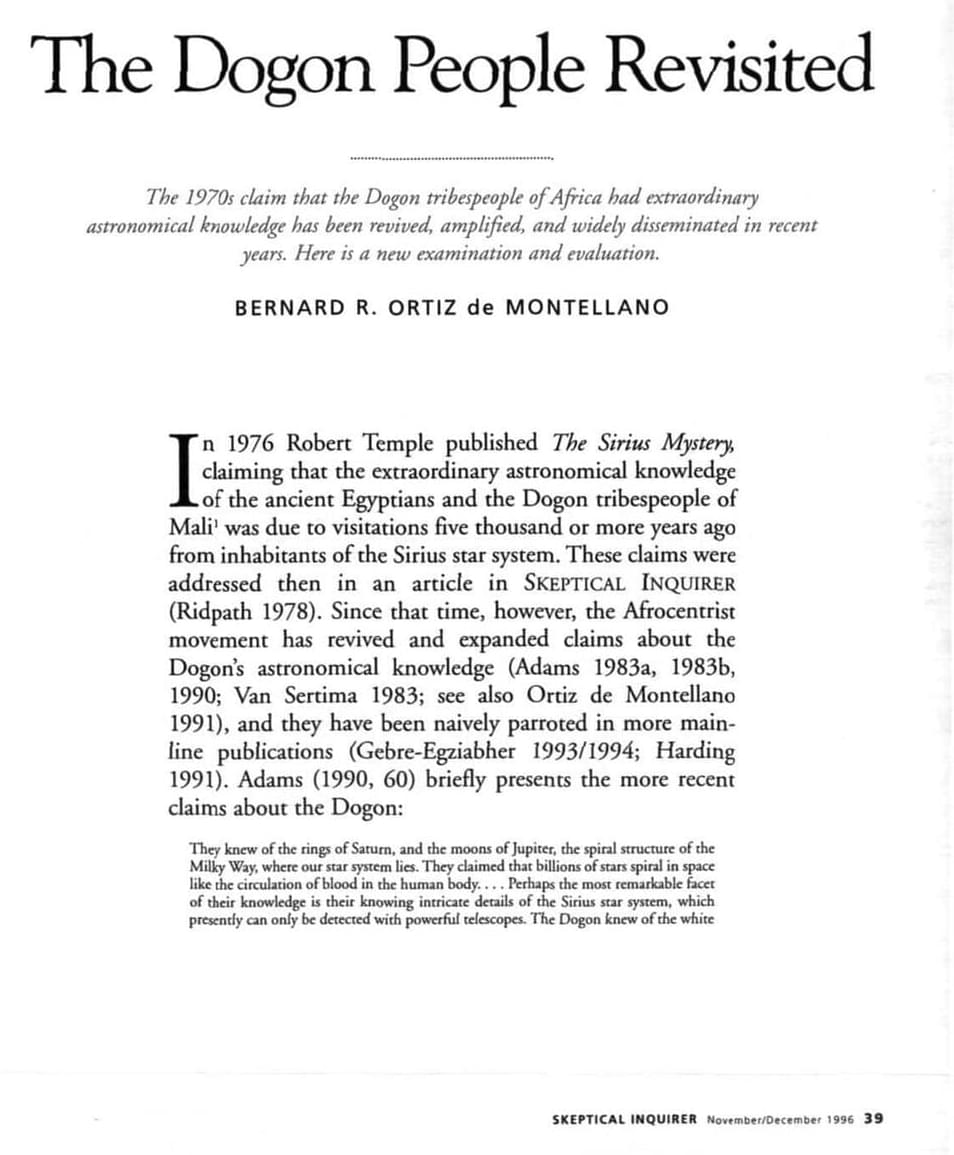We posed these questions to GPT-4:
How can we address the often wide gap in perception of reality and adherence to the laws of the physical world when so many people prefer to imagine their afterlife instead of focusing on the life they are living now?
What are your thoughts on the viability of religion to provide people guidance during exponential times such as we are in now?








